I stand knee deep in hip waders in a wetland pond. I’m surrounded by native sedges and rushes, and willows chewed by beavers. Pacific chorus frogs jump from floating logs. Mallards swim in a cluster and dabble on aquatic plants. King fishers and violet green swallows bob and weave. Life is abuzz in this restored wetland, and it leaves me a little on edge.
Ever since I stepped into a yellow-jacket nest and was stung over thirty times, I’m a bit jumpy around insects and creatures that fly near my head. Fast flapping, too, sounds like buzzing. I get a bit freaked out by, say a hummingbird dive bombing me because I wear fuchsia; or a bat, loop-de-loop feeding at twilight.
And now it’s the dragonflies with their two sets of wings independent of another, flapping thirty times per second. They helicopter and hover and change directions all around me like drones. Though dragonflies may have been named the “most brutally effective predators in the animal kingdom,” I won’t go into fits of uncontrollable weeping and squealing. My console is that, like with hummingbirds, the dragonflies won’t sting me.
But the red one is there. Red like a siren. Warning. Danger. Red, like don’t mess with me in nature, because I’m red.
Another, a blue and black, eight-spotted skimmer lands on the drooping spike of a slough sedge. I take a closer look. The delicate creature is still. Not flapping. Not buzzing.
I stare it down into its bulging compound eyes that can see in all directions at once. Its keen eyesight helps it target one individual out of swarm, resulting in a seamless capture of prey. Its unbothered by the mosaic it sees: 30,000 facets of me, a giant Laura head in its tiny face.
The little dragonfly, though a killer, is… kind of…cute.
“Boo!” It doesn’t move.
What am I to fear? Dragonflies feed “on the wing,” midflight. They approach their insect prey from behind and beneath. Zap! The prey is snared in their legs, which form a basket or a cage. Out comes the hinged jaws to destroy the prey’s wings so they can’t get away. Done. Shredded. Exoskeletons devoured or spit out like sunflower seed shells. Munched down like a bag of Doritos by a hungry teenager. Sounds scary to me, but these dragonflies eat bugs.
I wonder what the various bugs taste like to the dragonfly. I’ve tried eating some bugs myself.
While in Oaxaca, Mexico, I sampled my way through market stalls, trying new food. There, in the ant-nest-like mounds, was my next taste. Chapulines (cha-poo-le-nes): toasted grasshoppers, these coated with garlic, lime juice, chili and salt.
Their shriveled, strawberry leather, fruit rollup appearance drew me in. But, at first, I squirmed. Could I eat a bug?
Luke warm tamales were riskier to eat than these gems. I chose the smaller chapulines, the size a competing dragonfly might take down in a second. Tentatively, I studied the dried up raisin of an insect and popped it in my mouth. A delightful surprise, the barbequed chapulines had the flavor and texture of bacon bits. I ate a grasshopper. And liked it. I wonder if a grasshopper tastes like bacon to a dragonfly? Or are they crunchier, more like Doritos?
The wetland pond brought me closer to those creatures that flap and buzz and fly a little too close to my ears. The colorful Oaxacan market and Mexican culture lured me into tasting delicacies I might have otherwise rejected. Both challenged me to question my small fears.
It may be hard to rid ourselves of irrational fears. I may always freak out, jump, and then laugh at myself when I hear buzzing, because I “might” get stung. But we can begin by envisioning what we fear differently. Be intrigued instead of afraid when there is no real danger. Close to your fear, no matter how small, is where you might discover beauty in a killer dragonfly or a new experience to savor like roasted chapulines.
Love this day


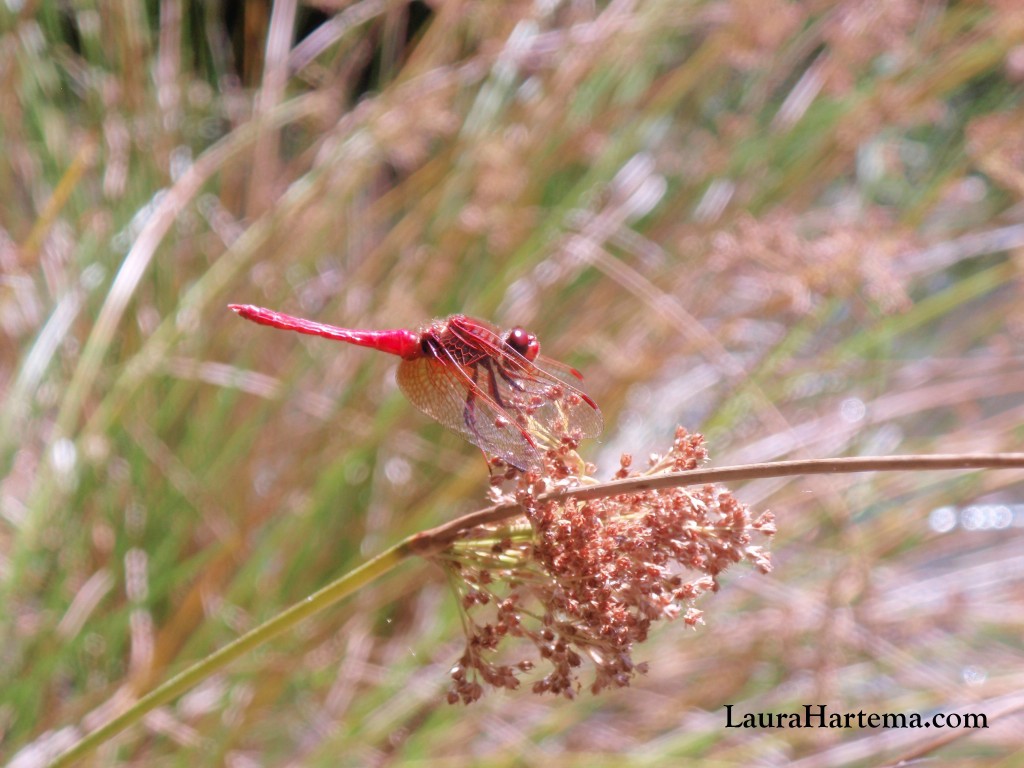
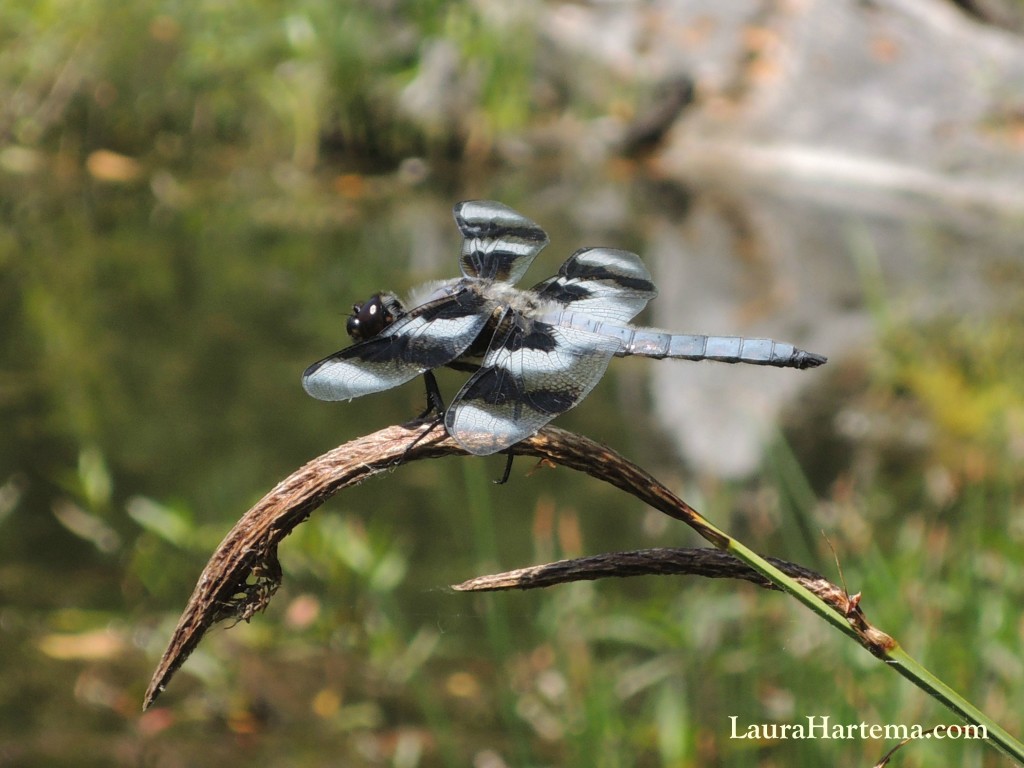
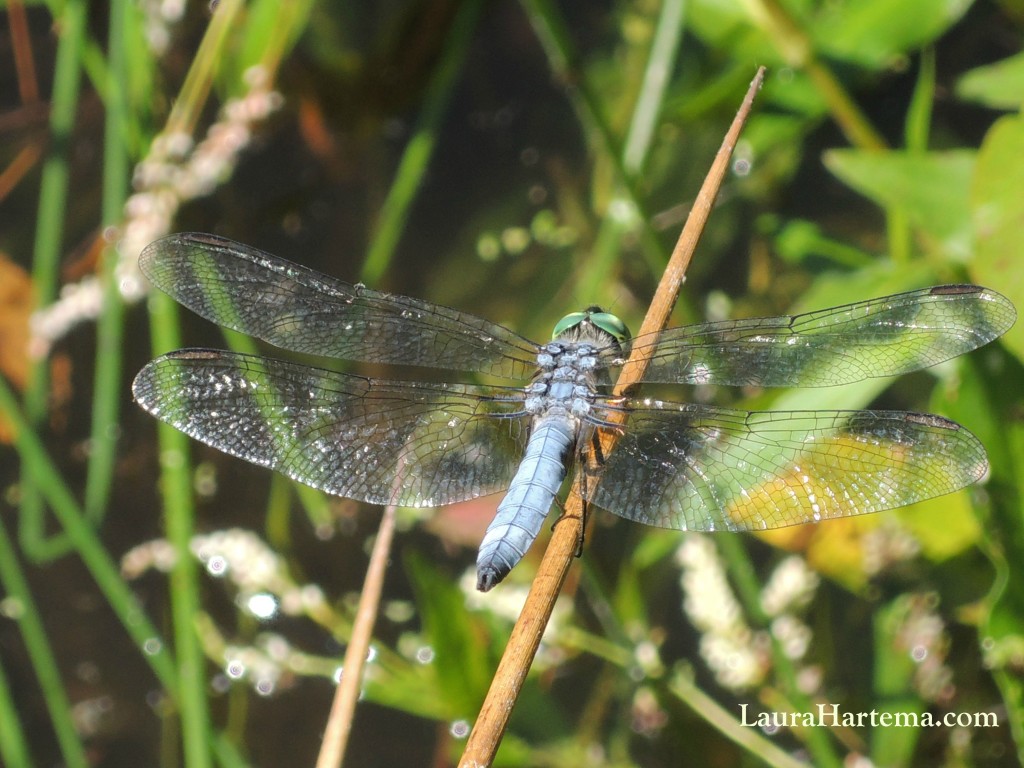
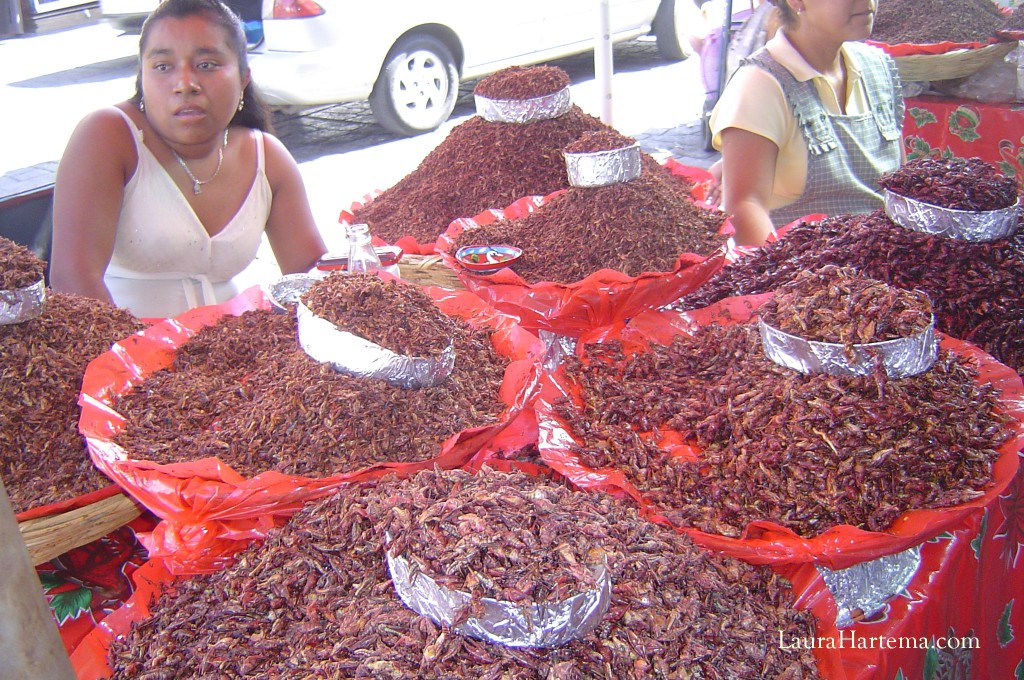
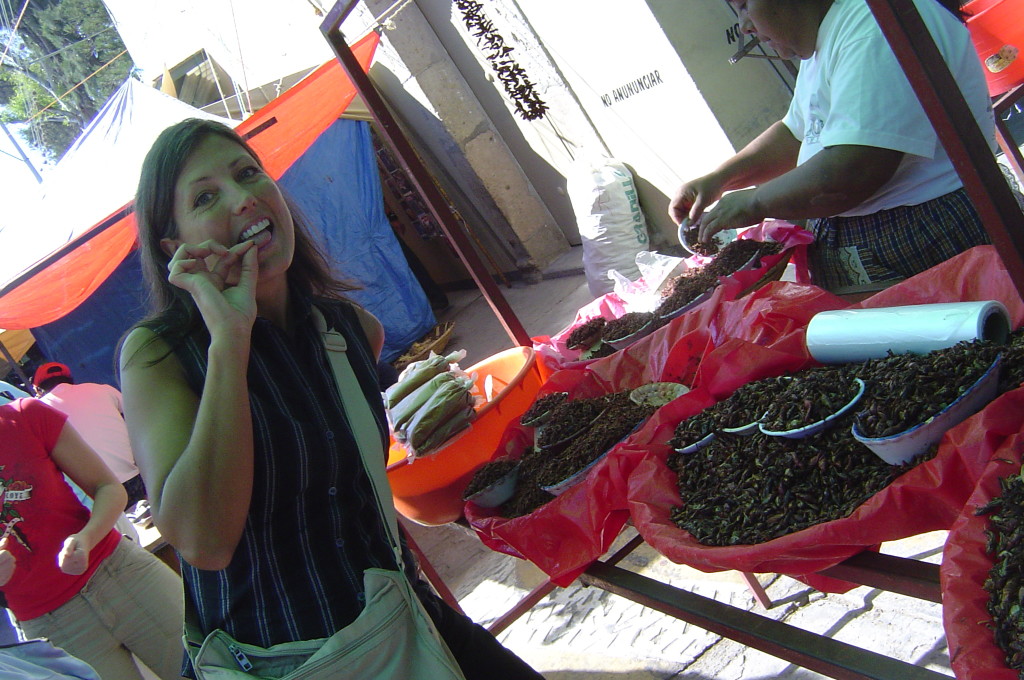
Beautiful prose and photos! I love how your humor comes through. I laughed envisioning all the Laura heads the dragonfly sees! Never tried a grasshopper but I do like snails soaked in garlic butter, chocolate covered ants, fried alligator, sautéed rattlesnake, and eel soup (in Chile). Yum!
The photos are terrific! And I too love that line, “Be intrigued instead of afraid when there is no real danger.” that’s part of what we’re lacking, why as a people we’re so prone to fear—we don’t have enough curiosity, I think. Love the photos and the way you spun everything together. Well done!!
Yes, Leslie. We can apply this to so many realms of life. Thank you for your comments.
This is so interesting, Laura! I’m not sure I’d eat a bug–but I guess I would if I were starving!
Thanks Diane. You can eat a bug,too! No danger. No fear.
What a great post- This statement… “Be intrigued instead of afraid when there is no real danger” particularly strikes me as true. Marvel surrounds us everyday in the simplest things, if only we are willing to see it.
Thanks Stephanie. So true, isn’t it! Well said. So much to marvel at in this life instead of fear.
Always wondered why you guys looked so happy coming back in from the field 🙂 I tried eating bugs in Thailand, deep fried crunchy but almost tasteless. Maybe it was because my mouth was recovering from a spicy dish.
Your prose sings about the beauty of what you witness in habitat restoration.
Thanks Tenzing. Yes, being in the field and restoring nature is a blessing. I’m reminded daily of how lucky I am.